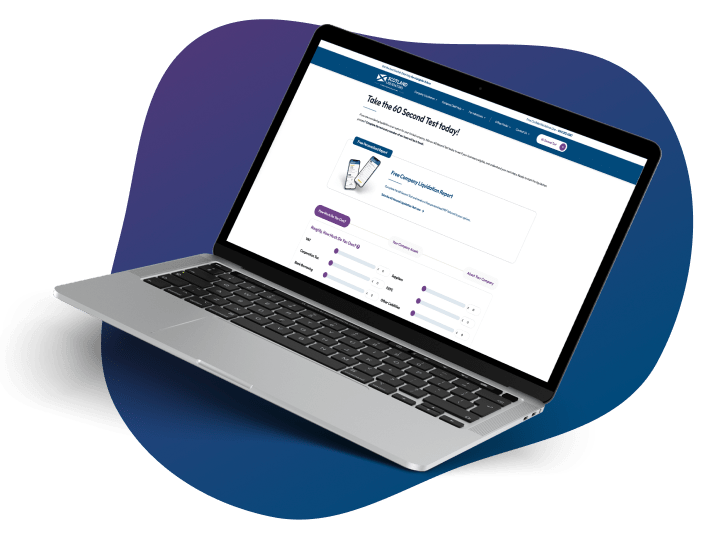Sequestration
Sequestration is a legal process which can be used by individuals in unmanageable debt to clear what they owe and allow them a fresh financial start. Sequestration is the Scottish term for bankruptcy, and while different names are used, the process is the same.
As part of the sequestration process, a Trustee is appointed to manage the assets of the individual which will be used to repay outstanding creditors as far as possible. Any unsecured debt which cannot be repaid from the sale of assets will be written off.
Sequestration can be entered into voluntarily be an individual who has unsecured debts of at least £3,000 which they know they have no realistic chance of being able to repay, or alternatively an individual can be forced into sequestration by a creditor who has exhausted all attempts to recover the money owed to them. A creditor needs to be owed at least £5,000 before they can apply to have an individual sequestrated.
While sequestration can provide an enormous sense of relief and can be the most appropriate debt solution for some, it is an extremely serious step to take and individuals should proceed with this course of action only after seeking specialist debt advice from a professional.
Suggested Pages:
How the voluntary sequestration process works
As the ramifications of sequestration can mean a marked impact on your future, you are only able to petition for your own sequestration after you have sought advice from an approved money adviser which may be a licensed insolvency practitioner. Only after they have assessed your financial situation and determined that you are unable to pay your debts in full will you be able to apply to be sequestrated.
Your adviser will work alongside you to prepare your application for sequestration before submitting this to the Accountant in Bankruptcy (AiB) on your behalf. A Trustee will then be appointed to handle your affairs and deal with your assets and debts; if you are already working alongside an insolvency practitioner, it is likely that they will assume the role of Trustee for the duration of your sequestration.
The Trustee will be responsible for liaising with your creditors from this point onwards, meaning that you will no longer have to deal with their calls and demands for payment. Your Trustee will ensure creditors are paid back with the money available, with the rest being written off at the end of the sequestration process which is typically within 12 months. In some cases, you may be required to make a financial contribution towards your debts for up to four years, although this will depend on your employment status the amount of available income you have.
Advantages and disadvantages of sequestration
There are a number of pros and cons when it comes to the sequestration process which need to be carefully considered before going ahead. Here are some of the main advantages and disadvantages of sequestration you should bear in mind:
Advantages of sequestration
- Interest and other charges stop
- Creditors can no longer pursue you for the debt
- Most unsecured debt (including credit cards and loans) is written off
- You will not need to attend court
- You can keep essential household goods
Disadvantages of sequestration
- You may have to sell your home and/or car
- Sequestration may affect your job
- You will have restrictions regarding borrowing money in the future
- Your sequestration will remain on the public register for a minimum of five years
- Sequestration will appear on your credit file for six years
- You make need to make monthly payments towards your debt for up to four years
I knew I needed to close my company but I wasn’t sure how to go about this with large debts that I was unable to repay. Scotland Liquidators clearly explained my options and held my hand throughout the entire process.
Catherine Muller | Director
I would highly recommend Scotland Liquidators to anyone considering closing their business. From the first phone call I knew where I stood and what my options were. I cannot thank them enough.
Jonathan Booth | Director
Scotland Liquidators helped me close my company last year after I made the tough decision to stop trading. My advisor was patient, knowledgeable, and supportive from start to finish. Many thanks.



